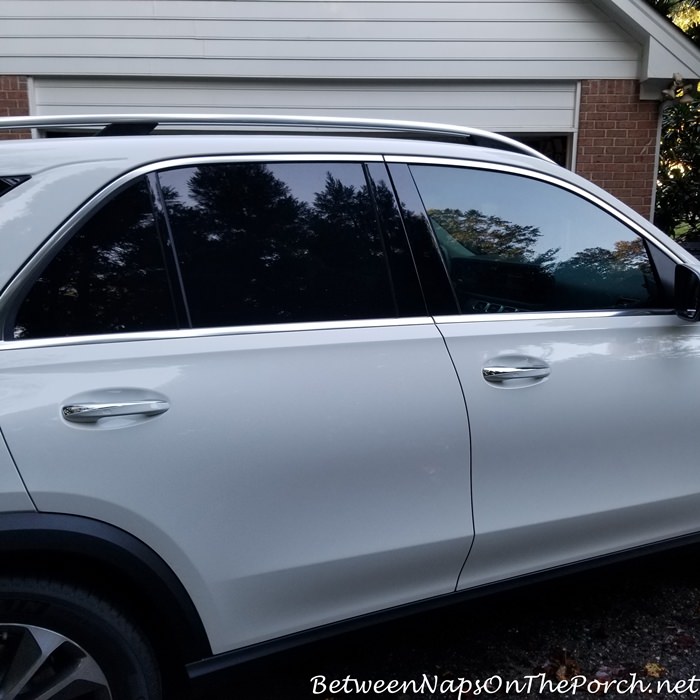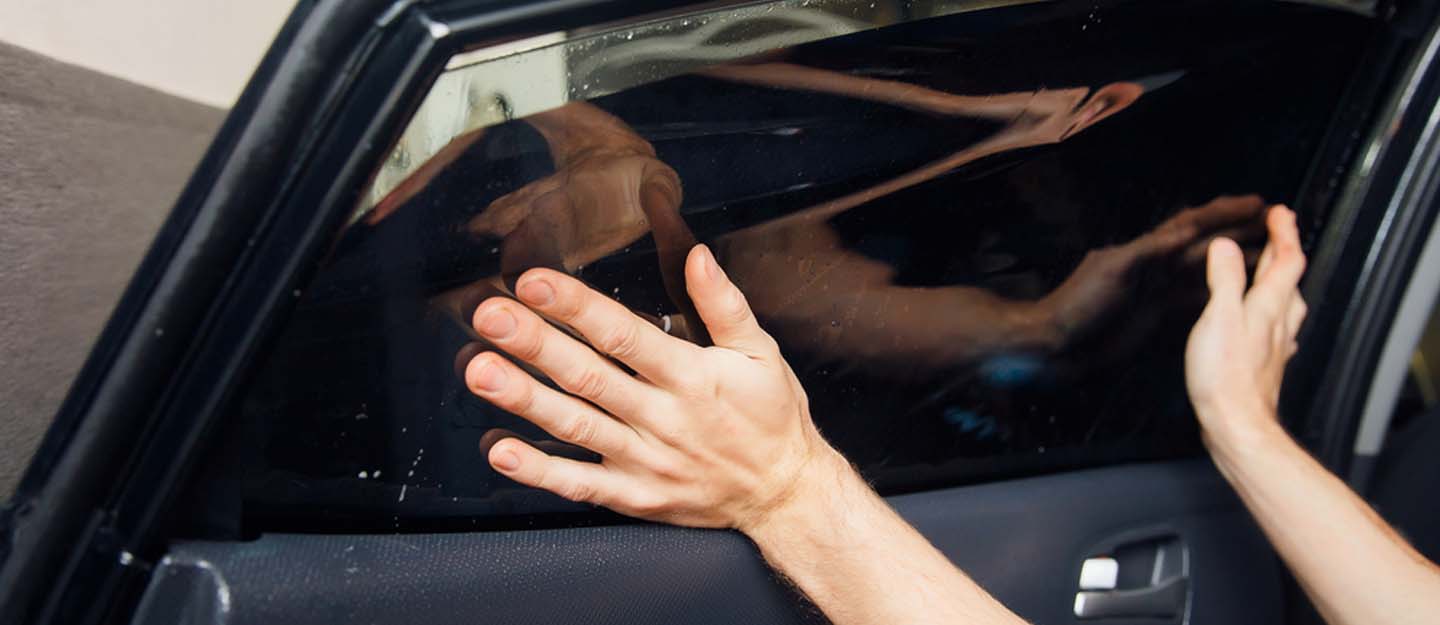Improve Your Vehicle's Look with Expert window tinting Services
Wiki Article
Discovering the Different Kinds Of Window Color for Cars and Their Benefits

Dyed Home Window Color
Colored home window tint is a prominent option among automobile proprietors seeking to improve privacy and reduce glare while keeping a fashionable look. This kind of color is produced by integrating dye right into the glue layer, which is after that related to the windows of the vehicle. The primary allure of colored window color exists in its capability to offer an aesthetically pleasing look without sacrificing capability.Among the most significant advantages of dyed window color is its capability to block hazardous UV rays, helping to shield both travelers and the car's inside from sunlight damage. In addition, this tint effectively lowers glare, contributing to an extra comfortable driving experience, especially throughout bright daytime conditions. The deepening of home window color additionally includes a layer of privacy, making it extra difficult for outsiders to see inside the car.
However, it is important to keep in mind that while dyed home window tint supplies many benefits, it may not give as much warmth being rejected as various other kinds of tints. In addition, its durability can be impacted by exposure to long term sunshine, possibly bring about fading over time. Overall, dyed window tint continues to be a popular choice for those prioritizing aesthetics and basic sunlight defense.
Metalized Home Window Tint
Metalized window color stands for an innovative choice for cars and truck owners wanting to improve both efficiency and aesthetics. This sort of tint incorporates small metallic bits that show sunlight, providing a variety of advantages that attract lots of automobile proprietors. Among the key benefits of metalized window tint is its superior heat rejection capabilities, which can considerably lower the indoor temperature level of a car. This not only improves convenience for guests but also lessens the lots on the lorry's cooling system, possibly enhancing fuel performance.
Furthermore, metalized colors use enhanced sturdiness compared to dyed movies, making them resistant to fading and scratching. This longevity makes sure that the tint keeps its performance and appearance over time, giving long-lasting worth.
Furthermore, metalized window color can improve personal privacy and safety by making it much more hard for outsiders to see inside the automobile. The reflective high quality of the color can likewise discourage potential burglary, as belongings are less noticeable (window tinting). While it might interfere with some digital signals, such as general practitioner or cell phone reception, the overall benefits make metalized home window tint an engaging choice for lots of vehicle proprietors
Ceramic Window Tint
Supplying sophisticated modern technology and unrivaled efficiency, ceramic window color has actually become a leading selection for discerning car proprietors. This innovative movie is composed of sophisticated ceramic fragments that provide significant warm being rejected while preserving clarity and exposure. Unlike typical colors, ceramic home window color does not count on steel or dye, which can hinder digital signals from devices such as general practitioner and mobile phone.Among the standout benefits of ceramic window tint is its outstanding UV protection. It blocks as much as 99% of dangerous ultraviolet rays, therefore protecting both the car's interior and its passengers from sunlight damage. Furthermore, this kind of color improves personal privacy without endangering presence, making it a sensible alternative for day-to-day vehicle drivers and deluxe vehicles alike.
Ceramic home window color additionally flaunts durability; it is resistant to fading and scratching, ensuring long-lasting efficiency. Its non-reflective nature means it does not cause glow, adding to much safer driving conditions (window tinting). For those looking for a premium tint service that combines aesthetic appeals with performance, ceramic window color attracts attention as a remarkable option, delivering enhanced convenience and security when traveling
Carbon Home Window Color
When it concerns home window tinting choices, carbon window tint has actually acquired appeal for its mix of performance and affordability. This kind of tint is made up of carbon bits, which offer a distinctive matte coating that improves the aesthetic allure of cars. Among the main advantages of go right here carbon home window tint is its capacity to block a substantial amount of harmful UV rays, shielding both the car's inside and its residents from skin damages and fading.Furthermore, carbon home window tint supplies exceptional warmth being rejected residential properties, decreasing the demand for excessive cooling and improving gas efficiency. Unlike dyed colors, carbon tints do not discolor over time, preserving their effectiveness and look for years. This toughness makes them a practical option for vehicle proprietors looking for long-term value.
In addition, carbon window tint is non-metalized, which indicates it does not conflict with electronic signals, making it appropriate for lorries geared up with general practitioner, Bluetooth, and various other wireless innovations. The equilibrium of cost, efficiency, and visual appeal has developed carbon home window color as a preferred option for several vehicle owners. Eventually, it acts as a trusted solution for those wanting to improve convenience while making certain design.
Manufacturing Facility Color
Factory color, likewise known as OEM color, describes the tinting that is related to car windows throughout the manufacturing process. This kind of color is commonly incorporated right into the glass itself, supplying a consistent appearance and regular degrees of shielding throughout all windows. The key function of manufacturing facility tint is to lower glow and enhance guest convenience while providing a degree of UV defense.
While manufacturing facility color offers fundamental benefits, it might not provide the very same level of heat rejection or privacy as higher-grade aftermarket tints. Therefore, car owners seeking enhanced performance may take into consideration additional tinting options, while still valuing the visual appeal and performance manufacturing facility color gives.
Verdict

However, it is vital to note that while dyed window color uses many advantages, it might not offer as much warm rejection as various other types of colors. For those seeking a costs color option that combines aesthetic appeals with performance, ceramic home window tint stands out as an exceptional option, providing improved comfort and protection on the road.
When it comes to window tinting alternatives, carbon home window tint has gotten appeal for its mix of efficiency and cost.Factory color, also known as OEM color, refers to the tinting that is used to vehicle home windows during the production process. The exact degree of tint can vary depending on the car producer and version, with some cars including more significant tint on rear home windows than on front home windows.
Report this wiki page